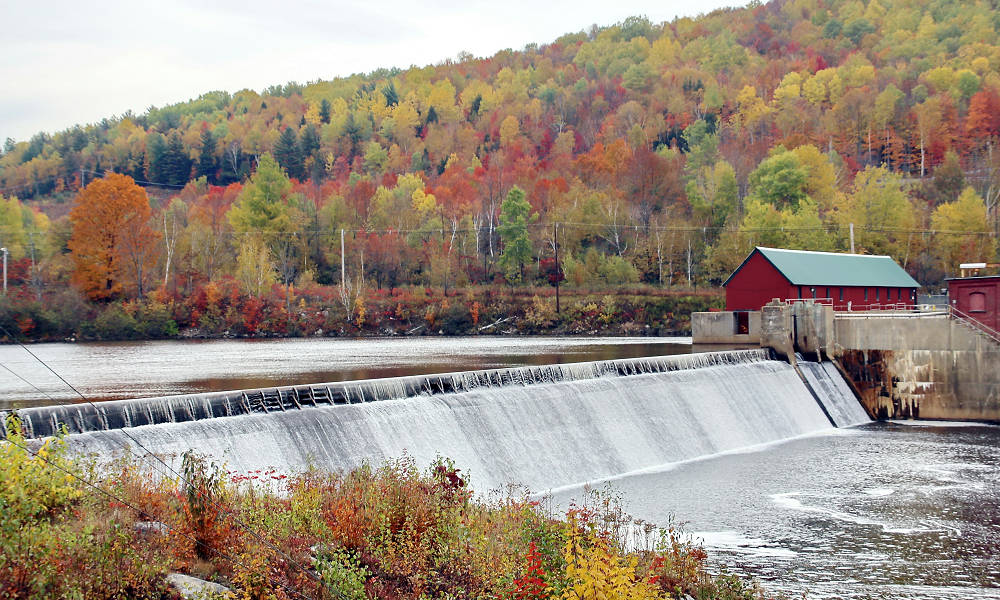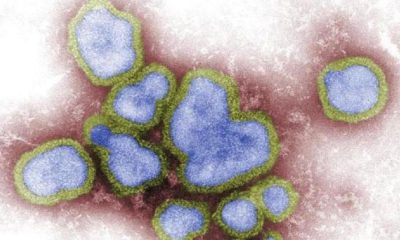Reviews
The Future of Water Management: Embracing Decentralized Solutions

These systems offer a smarter, more resilient approach to sustainable water operations
Around 56% of the global population, 4.4 billion people, reside in cities. That’s expected to double over the next 25 years, when 70% of the world’s population will live in urban areas. This spurt in urban population growth, along with climate change and aging infrastructure, is straining centralized water and wastewater treatment plants, which are also vulnerable to disruptions and are costly to maintain and upgrade.
Decentralized water management systems offer a promising alternative, providing a smarter, more resilient approach to sustainable water operations.
Increased resilience: Unlike centralized systems, where a centrally located plant serves a larger area through an extensive network of pipelines, decentralized systems are smaller and located near the point of use. As a result, the need for pipelines is significantly decreased. This reduces costs as well as the likelihood of leaks and pipe bursts that can disrupt service. Decentralized treatment also facilitates more targeted treatment solutions that address local water challenges, such as water scarcity.
Improved efficiency: Decentralized systems typically employ advanced technologies that are extremely energy efficient. For example, advanced technologies such as membrane bioreactor (MBR) have a small footprint, yet produce high-quality effluent with very low energy input, making them particularly well-suited to smaller decentralized wastewater treatment plants. Smaller, modular systems provide the flexibility to easily scale up as demand increases simply by adding modules. This helps keep initial costs low without compromising efficiency and provides the flexibility to increase capacity as the population grows.
Better water quality: Decentralized systems can be tailored to meet local water quality needs, incorporating advanced treatment technologies that provide higher-quality treated water that often exceeds environmental standards.
Decentralized systems’ tailored approach to local water quality needs can integrate advanced treatment solutions, addressing diverse challenges like those posed by water contaminated with PFAS. This is particularly essential where innovative treatments are pivotal in tackling contamination.
Reduced environmental impact: Decentralized treatment offers several environmental benefits. Decentralized plants have a smaller footprint and less of an impact on the surrounding environment. There is no need for extensive earthworks during construction or lengthy pipelines that cause significant environmental disturbance. Because decentralized treatment eliminates the need for hauling drinking water or sewage to and from the point of use, it reduces fuel costs and associated carbon emissions. Decentralized wastewater treatment plants can produce high-quality effluent that can be safely discharged into the environment, used to recharge aquifers, or recycled for reuse in irrigation, cooling, or dust suppression.
Decentralized systems’ approach to water treatment relies on accurately characterizing the various sources and types of wastewater that need to be addressed. A thorough understanding of wastewater, what it consists of, its classification into domestic or industrial sources, and the potential environmental impacts forms the basis for designing effective localized solutions. With deeper insight into how wastewater is generated and managed, communities can better implement technologies tailored to their unique conditions.
Furthermore, the reduced reliance on long-distance water conveyance minimizes evaporation losses, a crucial factor in water-scarce regions. Decentralized systems also offer opportunities for localized resource recovery, such as capturing biogas from wastewater treatment for energy production or using treated wastewater for nutrient recovery in agriculture. This circular economy approach further enhances the sustainability of water management practices.
Beyond these benefits, decentralized systems can also foster community engagement and ownership. By involving local residents in the planning and management of their water resources, these systems can promote a greater understanding of water conservation and responsible water use. This participatory approach can also lead to more equitable and sustainable water management outcomes, ensuring that the benefits of clean water and sanitation are shared by all members of the community.
Examples of Decentralized Solutions
Decentralized water and wastewater solutions vary from simple systems to cutting-edge technologies, but they all share one key feature: They are located on-site or near the communities they serve, providing greater resilience and independence from centralized infrastructure. Some examples of decentralized solutions include:
On-site wastewater treatment systems. These systems, such as septic tanks and membrane bioreactors, treat wastewater directly at the source, reducing reliance on centralized treatment plants and lowering environmental impact. They provide efficient wastewater management while reducing the burden on municipal treatment plants.
Rainwater harvesting. By capturing and storing rainwater from rooftops and other surfaces, rainwater harvesting systems provide a supplementary source of water that can be used for irrigation, flushing toilets, and even potable use with proper filtration, reducing the pressure on local freshwater supplies.
Greywater recycling. Greywater recycling systems further enhance sustainability by treating water from sinks, showers, and laundry for reuse in nonpotable applications such as landscape irrigation or toilet flushing, reducing overall water consumption and environmental impact.
Small-scale water treatment. Compact, decentralized water treatment plants, often powered by renewable energy, provide clean drinking water to remote or underserved areas, ensuring access to safe water without relying on large-scale municipal systems.
As cities expand and climate pressures mount, embracing localized treatment systems can ensure reliable access to clean water while reducing costs and environmental impact. By integrating these decentralized solutions, communities can build water security, promote sustainability, reduce dependence on centralized treatment systems, and become more resilient to climate and infrastructure challenges.

-

 World1 week ago
World1 week agoEthiopian volcano erupts for first time in thousands of years
-

 Health2 days ago
Health2 days ago8 kittens die of H5N1 bird flu in the Netherlands
-

 Legal7 days ago
Legal7 days agoUtah Amber Alert: Jessika Francisco abducted by sex offender in Ogden
-

 US News6 days ago
US News6 days agoExplosion destroys home in Oakland, Maine; at least 1 injured
-

 Health7 days ago
Health7 days agoMexico’s September human bird flu case confirmed as H5N2
-

 Legal3 days ago
Legal3 days ago15 people shot, 4 killed, at birthday party in Stockton, California
-

 World7 days ago
World7 days agoWoman killed, man seriously injured in shark attack on Australia’s NSW coast
-

 US News2 days ago
US News2 days agoFire breaks out at Raleigh Convention Center in North Carolina




